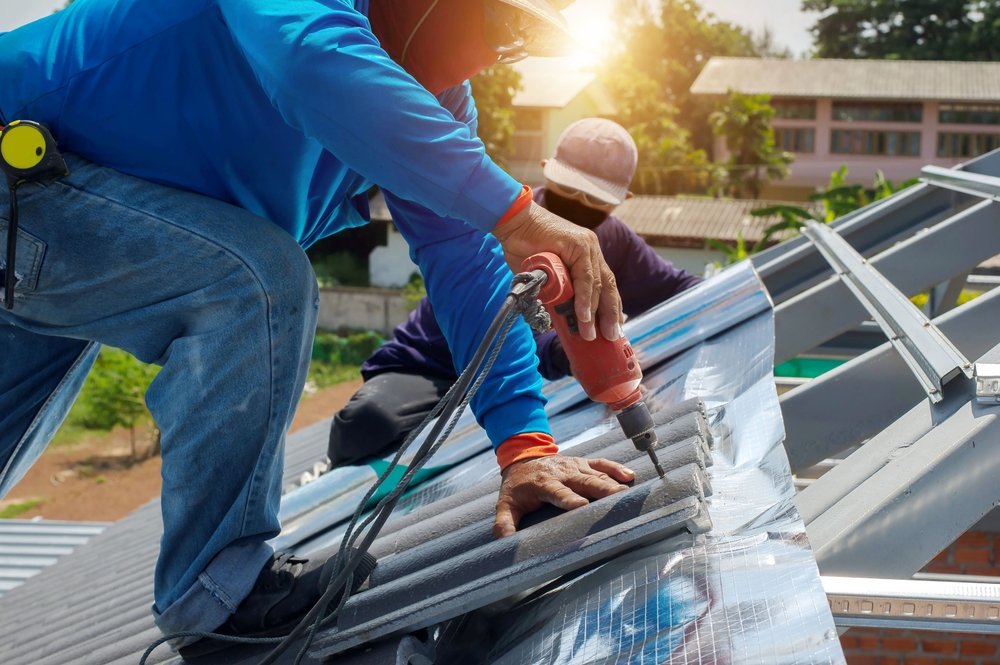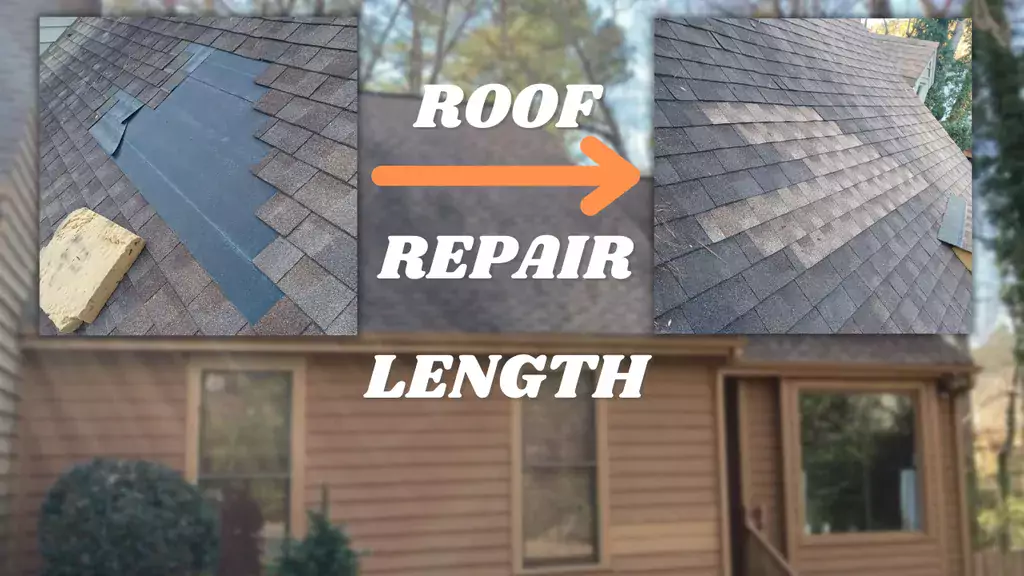Oahu Roofing: Comprehensive Roofing Services in the Oahu Location
Wiki Article
Comprehending the Various Kinds Of Roofing Systems: A Comprehensive Overview for Homeowners
In the realm of homeownership, picking the ideal roof covering style is a decision that lugs substantial effects for both capability and aesthetic allure. With a selection of options-- varying from the standard gable to the modern level-- each type presents one-of-a-kind advantages and difficulties that must align with the house owner's details requirements and ecological considerations. Recognizing these differences not just help in making an enlightened selection but also affects lasting upkeep and energy efficiency. As we discover the ins and outs of different roof kinds, it becomes noticeable that size does not fit all; the appropriate selection may shock you.Gable Roof Coverings
Saddleback roofs, identified by their triangular form, are among one of the most popular roof styles because of their simpleness and efficiency in shedding water and snow. This style includes two sloping sides that meet at a ridge, enabling effective drainage and minimizing the risk of water buildup. The steep pitch typically linked with saddleback roofs boosts their capability to manage hefty precipitation, making them appropriate for different environments.In addition to their practical advantages, saddleback roofs offer aesthetic convenience. They can be adjusted to numerous architectural styles, from standard to contemporary homes. The design can likewise fit extra functions such as dormer home windows, which boost all-natural light and ventilation in the attic room room.
Moreover, gable roofs supply adequate room for insulation, adding to energy effectiveness. Property owners can select from a range of roof covering products, consisting of asphalt shingles, steel, and floor tiles, further boosting customization alternatives.
In spite of their benefits, saddleback roofs may need additional support in locations susceptible to high winds or hefty snowfall. Generally, the gable roofing system stays a favored option as a result of its mix of functionality, toughness, and visual charm.
Flat Roofs
Flat roof coverings are typically identified for their minimal style and useful applications, specifically in industrial and commercial setups (oahu roofing). These roof coverings include a straight or nearly horizontal surface area, which permits very easy building and construction and flexible space use. While they might do not have the visual charm of pitched roofing systems, flat roof coverings use many benefits, particularly in metropolitan atmospheres where making best use of area is essentialOne of the key advantages of flat roofs is their access. Property owners can make use of the roof covering area for different objectives, such as rooftop yards, terraces, or photovoltaic panel setups. In addition, level roofings are commonly much more affordable to preserve and mount contrasted to their sloped counterparts, as they need less materials and labor.
Usual materials used for level roof coverings include built-up roofing (BUR), modified bitumen, and single-ply membrane layers, each offering distinct advantages. Overall, flat roof coverings offer as a practical and adaptable choice for many property owners and businesses alike.
Hip Roofs
Hip roofs are identified by their sloped sides that merge at the top, forming a ridge. This layout stands out from saddleback roofs, as all 4 sides of a hip roofing slope downwards toward the wall surfaces, supplying an extra secure framework. The angle of the inclines can vary, enabling versatility in architectural aesthetic appeals and performance.Among the key advantages of hip roofing systems is their ability to hold up against hefty winds and damaging climate conditions. The sloped surfaces enable far better water drainage, lowering the danger of leaks and water damage. Furthermore, hip roofing systems offer enhanced attic space, which can be used for storage space and even exchanged habitable locations.
Nevertheless, constructing a hip roofing system can be more expensive and complex than easier roofing types, such as gable roof coverings. The extra material and labor associated with developing the slopes and making sure proper structural stability can lead to higher costs. Regardless of these drawbacks, many homeowners favor hip roof coverings for their resilience, visual allure, and potential for energy efficiency.
Mansard Roofing Systems
Mansard roofings, Source usually recognized by their special four-sided design, feature two slopes on each side, with the lower slope being steeper than the upper. This architectural design, stemming from France in the 17th century, is not just cosmetically enticing but useful, as it takes full advantage of the functional area in the top floorings of a structure. The high reduced incline permits for even more headroom, making it an ideal option for attics or loft spaces, which can be exchanged living spaces.Mansard roofing systems are identified by their adaptability, suiting various building designs, from typical to modern-day. They can be created with various products, consisting of asphalt tiles, slate, or steel, supplying home owners with a series of alternatives to match their choices and budget plans. In addition, the layout permits for the integration of dormer home windows, boosting all-natural light and ventilation in the top levels.
Nevertheless, it is important to think about the potential downsides. Mansard roofings might call for even more maintenance as a result of the complexity of their layout, and their steep slopes can be testing for snow and rainfall runoff. On the whole, mansard roofing systems incorporate elegance with practicality, making them a prominent selection among homeowners looking for distinctive building functions.
Dropped Roof Coverings
As house owners significantly seek simplicity and functionality in their architectural styles, lost roofing systems have become a prominent option. Defined by a solitary sloping plane, a shed roof presents a minimal aesthetic that matches numerous home styles, from modern to rustic.One of the key benefits of a shed roof covering is its uncomplicated building and construction, which often equates to decrease labor and material prices. This layout permits reliable water drain, lowering the risk of leaks and water damage. In addition, the vertical incline provides adequate area for skylights, improving all-natural light within the inside.
Shed roofs likewise supply versatility in regards to use. They can be successfully integrated into additions, garages, or outside structures like structures and sheds. Moreover, this roof covering design can fit numerous roof materials, consisting of metal, asphalt shingles, or also eco-friendly roofing systems, lining up with green campaigns.
Nonetheless, it is necessary to consider regional climate problems, as heavy snow loads may demand adjustments to the roof covering's angle or structure. In general, shed roof coverings present a useful and cosmetically pleasing alternative for house owners wanting to make best use of functionality without compromising design.
Final Thought


Gable roofings, identified by their triangular shape, are among the most popular roof covering styles due to their simplicity and efficiency in losing water and snow. oahu roofing. The high pitch generally associated with gable roofings improves their capacity to handle heavy rainfall, making them ideal for numerous environments
While they might lack the visual appeal of pitched roofings, level roofing systems use numerous advantages, particularly in city settings where making the most of space is vital.

Report this wiki page